AO Edited
The Güell Pavillions Dragon Gate
This stunning iron gate designed by Modernist architect Antoni Gaudí is filled with mythic symbolism.
Modernist architect Antoni Gaudí was commissioned to remodel this summer house, gardens, and adjoining farms located on the outskirts of Barcelona that his patron, Eusebio Güell, had inherited from his father. The Catalan genius designed the gatehouse, the stables, and the brick walls in the Mudejar style, with his unmistakable seal. But the most remarkable part of this complex is the extraordinary iron gate, where a horrible dragon welcomes visitors.
The dragon is actually a symbolic tribute that Güell wanted to dedicate to his father-in-law, the Marquis of Comillas. The five-meter-tall monster was conceived by Gaudí and forged in 1885 by Juan Oñós. It is part of the tribute that Güell wanted to pay, upon the death of Antonio López, First Marquis of Comillas. He decided to turn the garden into the mythical Garden of the Hesperides, where the eleventh work of Heracles took place. This episode of Greco-Roman mythology, mixed with elements of Spanish history, appears in the epic poem L’Atlantida that the Catalan Jacinto Verdaguer dedicated to the Marquis of Comillas.
The poem describes how Heracles, guided by Atlas, came to the garden to steal the golden oranges guarded by the three Hesperides nymphs, who in turn were protected by the dragon Ladon. Hercules defeated and chained the immortal dragon and took the fruits. The angry gods turned the Hesperides into trees, which we see depicted in an antimony orange tree on the pillar to the right. Ladon, in turn, was converted into the celestial constellation of the dragon, and therefore the position of the dragon at Gaudí’s door is not accidental either: it obeys the location of the stars in that constellation. The constellation Heracles, located just below, coincides with five points determined by the claws of the dragon, and therefore there are spherical bodies with spikes, which represent the stars.
Finally, Gaudí, an admirer of Verdaguer, represents the initial G of Güell surrounded by wild roses, which is the award given to the winners of the Jocs Florals and that Verdaguer received precisely for L’Atlàntida. Thus, poetry, architecture, and myth come together in the garden gate of the estate by the work of Güell, Verdaguer, and Gaudí.
Know Before You Go
By metro L3 and bus 67
Currently, Güell Pavillions are closed cause they are being remodeled but the interesting item is the entrance and particularly the dragon irongate



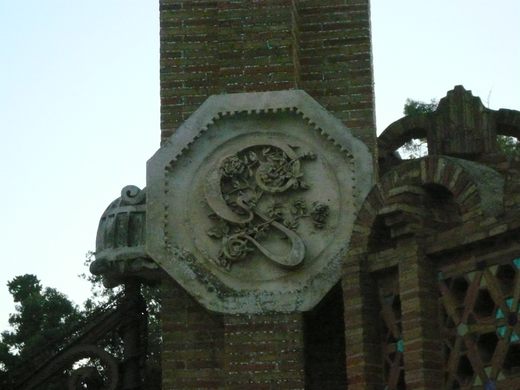



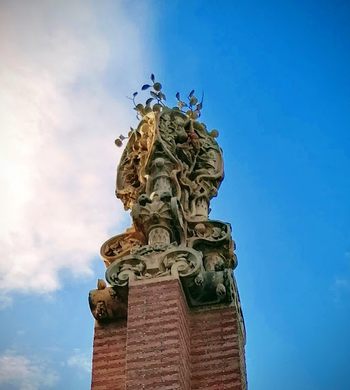






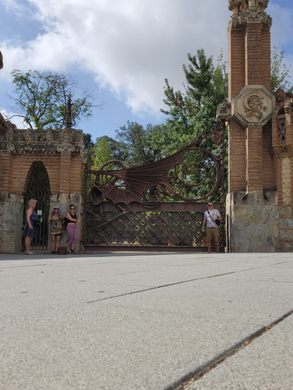





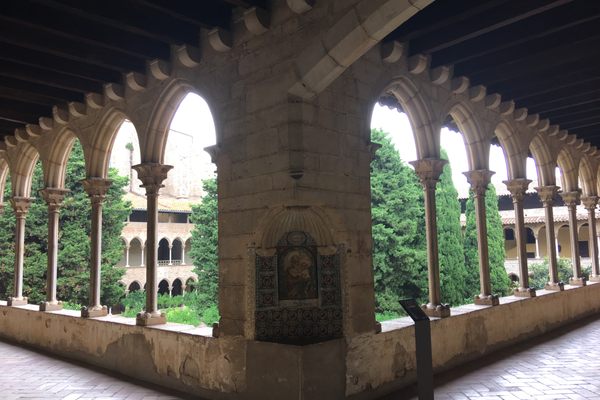
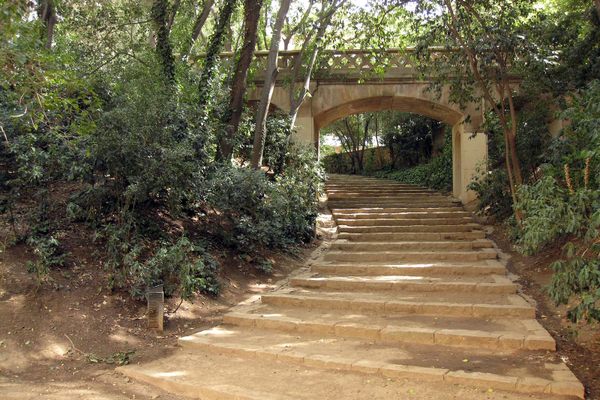
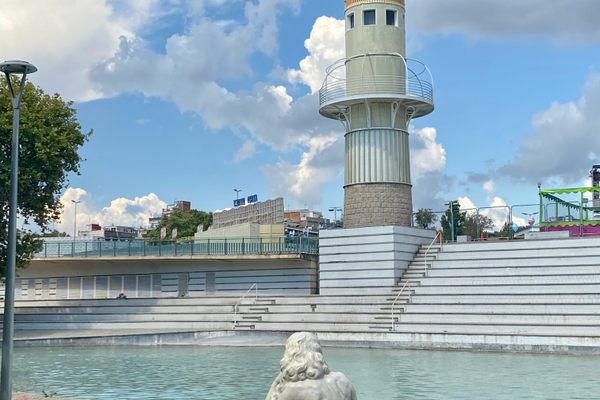
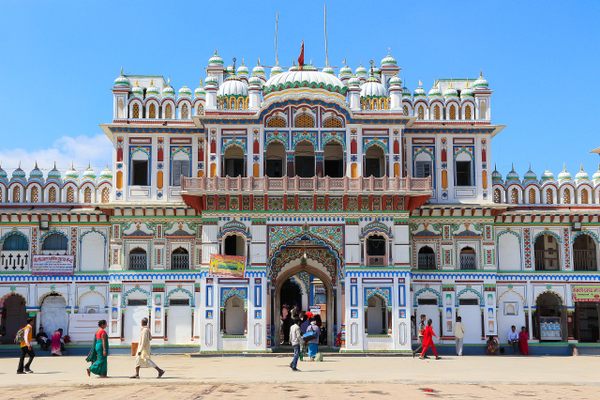
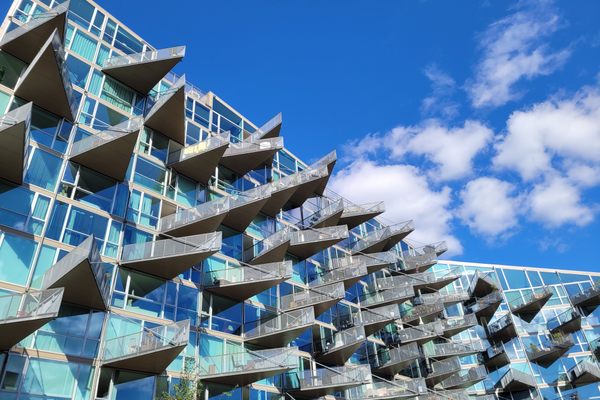




Follow us on Twitter to get the latest on the world's hidden wonders.
Like us on Facebook to get the latest on the world's hidden wonders.
Follow us on Twitter Like us on Facebook